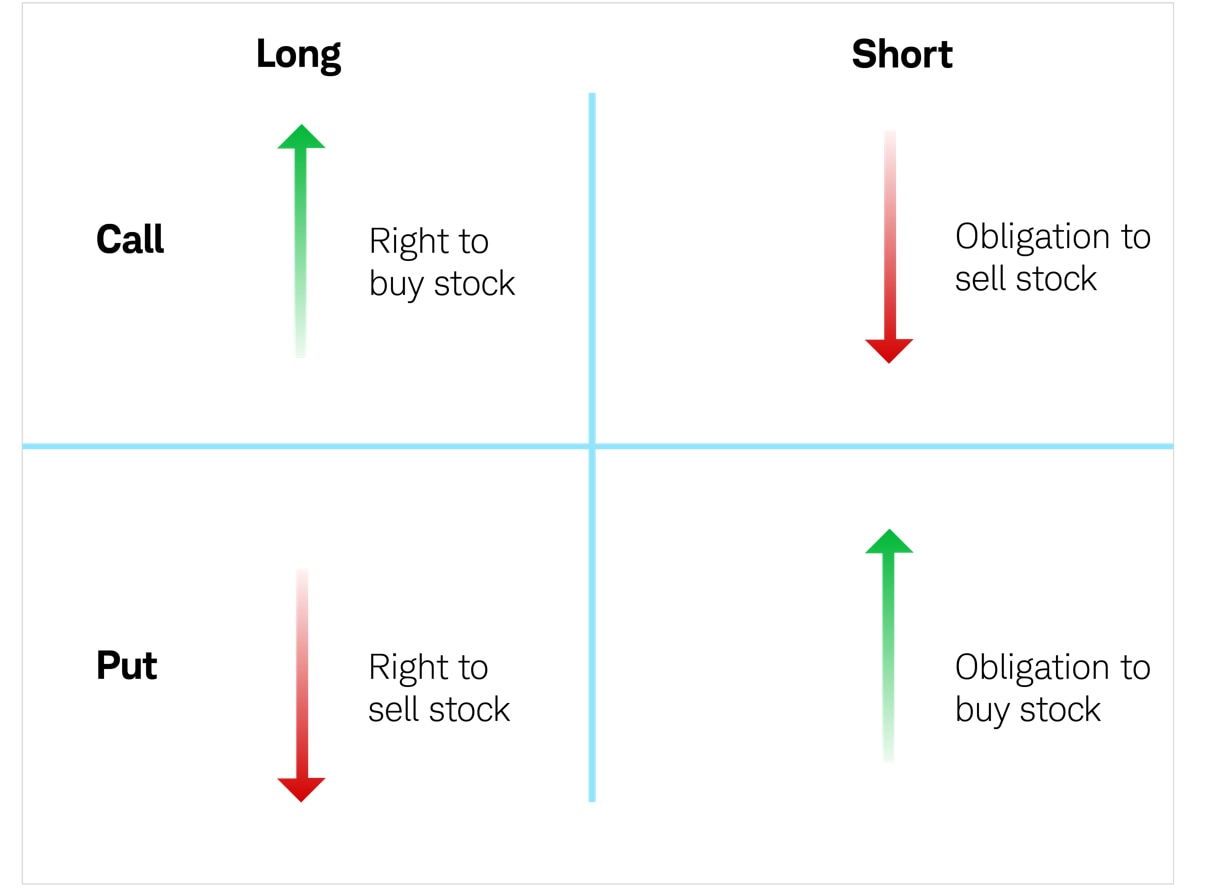Buy to Open vs. Buy to Close Options Trading: A Comprehensive Guide for Making Informed Decisions

Image: www.schwab.com
Introduction
Options trading, a powerful financial tool, offers traders numerous strategies to potentially profit from market fluctuations. Among the most fundamental decisions traders face is whether to “buy to open” or “buy to close” an options contract. Understanding these two distinct strategies is crucial for making informed choices and navigating the options market successfully.
Buy to Open Options Trading
Buying to open an options contract gives the buyer the right to buy or sell an underlying asset at a specified price (strike price) on or before a designated expiration date. This right comes at a premium, which is the price paid by the buyer to acquire the option.
When to Buy to Open:
Traders typically buy to open options when they anticipate a significant price movement in the underlying asset and are willing to pay a premium for the potential profit. This strategy is suitable for investors who are bullish or bearish on a stock, commodity, or index and believe they can predict future price movements.
Buy to Close Options Trading
Buying to close an options contract means purchasing an option from the opposite side of your existing position to close out the trade. This action liquidates the buyer’s rights and obligations under the contract.
When to Buy to Close:
Traders buy to close options under various circumstances:
- Profit Taking: When the option’s market value has increased, the trader sells it to realize profits.
- Loss Mitigation: If the market moves against their prediction, traders can minimize losses by purchasing the option to close out their position.
- Pricing Adjustment: Changes in market conditions or new information may justify a change in the trader’s position, resulting in them buying to close the existing contract.
Key Differences between Buy to Open and Buy to Close Options Trading
- Objective: Buy to open establishes a new position, while buy to close liquidates an existing one.
- Premium Impact: Buying to open incurs a premium, which is not present when buying to close.
- Risk/Reward Profile: Buy to open carries higher risk and potential reward due to the premium paid.
- Flexibility: Buy to close provides more flexibility, allowing traders to adjust their positions based on changing market conditions.
Expert Insights and Actionable Tips
According to expert options trader John Carter, “Understanding the difference between buy to open and buy to close options trading is essential for risk management. Buying to open gives you the potential for high returns, but it also comes with the risk of losing the entire premium. Buying to close allows you to mitigate losses or realize profits, but it doesn’t offer the same potential for gains.”
When trading options, consider the following tips:
- Research thoroughly: Understand the underlying asset, market conditions, and option pricing models.
- Start small: Begin with small trades to minimize potential losses.
- Use buy to close strategically: Liquidate your positions promptly to limit losses or secure profits.
- Don’t overtrade: Avoid excessive trading that can increase risk and erode profits.
Conclusion
Making informed decisions in options trading requires a thorough understanding of buy to open vs. buy to close options trading. By grasping the nuances of each strategy, traders can optimize their risk/reward profile and navigate the market effectively. Embracing these trading principles empowers individuals to confidently explore the realm of options and pursue their financial goals.

Image: finance.zacks.com
Buy To Open Vs Buy To Close Options Trading

Image: www.angelone.in






